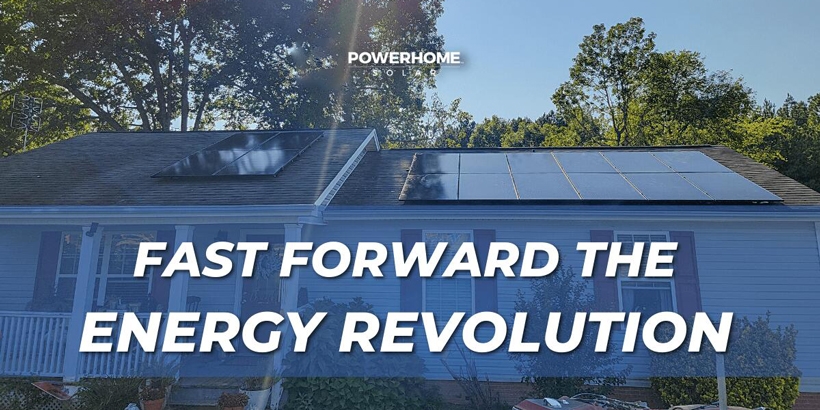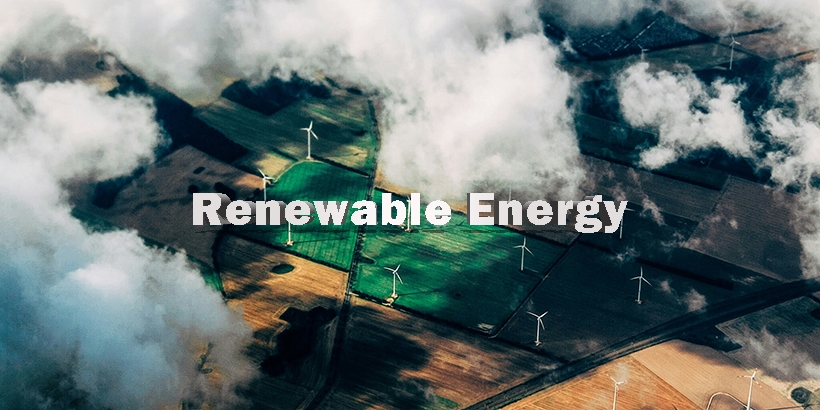Energy can be further categorised into two main types: renewable and non-renewable. Renewable energy sources include solar energy, hydroelectric energy, wind energy, biomass energy, wave energy, tidal energy, ocean temperature difference energy and geothermal energy. They can be recycled in nature. They are an inexhaustible source of energy that regenerates automatically without human involvement, as opposed to non-renewable sources of energy, which can be exhausted.

Hope for an energy grid completely powered by renewable energy may seem unreachable, given our current heavy reliance on fossil-fueled sources and the fear that renewables wouldn’t generate energy consistently enough to ensure grid stability. But a new study from Stanford University indicates that such a world is far from far-fetched.
Stanford’s researchers found that a grid running on wind, water and solar + storage would avoid blackouts and would create millions of jobs, improve people’s health, reduce land requirements to produce that energy and perhaps most importantly, lower energy costs for consumers.
The Stanford researchers looked 30 years into the future and ran projections in a world filled with cars and trucks powered by electricity or hydrogen fuel cells, wind and solar resources taking the place of coal and natural gas and electric heat pumps replacing gas furnaces and water heaters.
With nearly 20% of the nation’s electricity already coming from wind, water and solar sources, with automakers poised to go all in on electric cars, and with so many companies and cities committing to powering their respective entities with 100% renewable energy in the not-too-distant future, you can see how this is all possible.
The Stanford researchers looked at how to meet “continuous energy demand every 30 seconds for two years.” Simulations were ran for Alaska, Hawaii (chosen because of their isolation), California, Texas, New York and Florida (chosen because they’re large states in different areas of the country), along with “interconnected electricity grid regions in the U.S., and the contiguous U.S. as a whole.”
What they found is exciting. Per the researchers:
“…Per capita household annual energy costs were nearly 63% less than in a business as usual scenario. In some states, costs dropped as much as 79%. The investment cost to transition everything in the U.S. ranges from near $9 to $11 trillion, depending on how much interconnection of regions occurs. However, this pays for itself through energy sales and from the cost savings each year compared with not transitioning. In fact, based on energy cost savings alone, the payback time may be as short as five years.”
Other key findings of the report:
- This grid made up of only renewables may create about 4.7 million long-term, full-time jobs (a number that includes the energy sector itself as well as indirect employment at stores, restaurants, etc.).
- Cleaner air resulting from this renewable energy use would cut the number of pollution-related deaths by more than 53,000 and spare millions more from pollution-related illnesses – saving about $700 billion in health care costs.
- Long-duration batteries weren’t either needed or helpful to maintain grid stability. Currently available battery technology that provides four hours of backup power would do that. In addition, linking all those batteries together to discharge simultaneously during times of peak demand would help to meet large peak needs.
- Less land would be needed for the needs of these renewables than the current footprint of the fossil fuel industry.
All fascinating points, which lead to this final one — we all must do our part to accelerate the world’s transition to clean energy. We can’t wait 30 years for this changeover to happen. Solar energy + storage is a part of our future, so why not put your own energy future in your hands?

World's largest onshore wind farm
Horse Hollow Wind Farm in Taylor and Nolan Counties, Texas, USA
Located 100 miles (160 km) west of Dallas, 47,000 acres (19,000 ha) of cedar, dwarf oak trees give way to 421 wind turbines at the Horse Hollow Wind Energy Centre, with a peak capacity of up to 735 megawatts. The wind turbines come in 2 models, one manufactured by GE with a capacity of 2,911.5 MW and the other by Siemens with a capacity of 1,302.3 MW. The plant was completed in 2006 and is managed by NextEra Energy, a subsidiary of Florida Power & Light, which has the capacity to generate 4 billion watts of electricity throughout the United States. The Horse Hollow wind farm's dominance won't last long, because by 2009, E.ON Climate and Renewable Energy completed the fourth phase of its Rosecoe wind farm, which has 627 wind turbines with a generating capacity of 781.5 megawatts.
Other large wind farms under construction include Shepherd's Flat Wind Farm in Oregon, USA, with 303 turbines and a capacity of 800 megawatts, and Markbygden Wind Farm in Sweden, with 1,101 turbines and a capacity of a staggering 4 billion watts.
World's largest solar thermal power plant
SEGS plant in southern California, USA
The Solar Energy Generating Systems (SEGS) plant in southern California, USA, has been at the top of the list of solar thermal power plants since it was built in 1990. SEGS consists of nine independent subplants in the Mojave Desert, with a total installed capacity of 354 megawatts (MW). The plant was designed, built and operated by the multinational company Luz, which unfortunately went bankrupt due to tax problems, and whose chairman resigned to join Brightsource, a solar energy company, which has signed up for a big project: the construction of 14 solar power plants with a total installed capacity of 2,600 megawatts between now and 2017. The newly built solar thermal plants will be very different from SEGS: whereas SEGS use long strips of troughs to receive solar energy, the new plants will use tens of thousands of mirrors to collect solar energy and reflect it back to focus it on cheaper, more efficient centralised collector towers.
Powerhome is committed to bringing renewable energy to power your home. For more information on utilising renewable energy, please visit our blog.
(1).png)
(1).png)